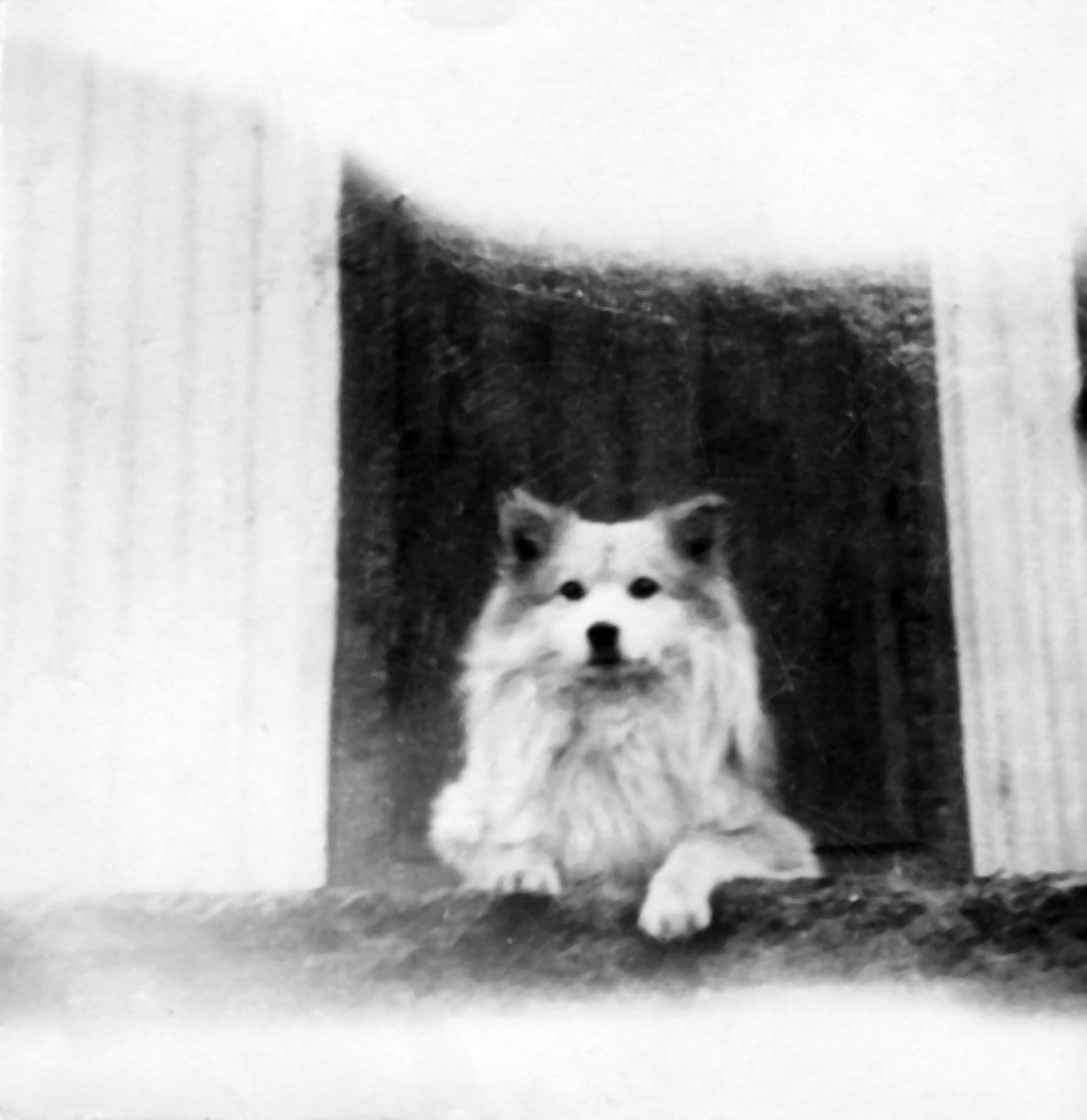Origin of the Icelandic sheep dog

04.11.2023Evelyn Ýr
It is said that dogs were brought to Iceland in the 9th century by the first settlers, just like other animals, and dogs were to assist with herding and grazing of sheep, cattle and horses, as fencing was not present in this untamed land until the 20th century.
Little is written about dogs in Icelandic literature and it is not known what farm dogs looked like in the settlement period, but in the story of King Olaf Tryggvason, it is said that there was a famine in Iceland in 990. It was proposed that most or all dogs in the country should be killed because they were so many that the people could be saved from starvation with the food that went into the dogs. But the farmers did not follow these instructions and the dogs held on to life.
The most famous dog in Icelandic sagas is probably the dog Sámur owned by Gunnar in Hlíðarendi, who was most likely an Irish wolfhound.
Sources tell us that during the Middle Ages, the Icelandic dog had become a sought-after export item, as a house pet of English ladies of high rank and in 1570 the Icelandic dog was described as being so furry that it was almost impossible to distinguish head from body.
Eggert Ólafsson and Bjarni Pálsson travelled around Iceland between 1752-57 and in their travel book there are good descriptions of the Icelandic dog at that time, they spoke of three types of dogs: sheepdogs, hunting dogs and dwarf dogs.
The sheepdogs are described as such: They are smaller than the others, hairy, with thin, short legs. The tail is rounded and the muzzle short and narrow. They are very useful for gathering sheep. They seek the sheep, if directed, high up on the mountains and herd them into a group, where the shepherd is waiting, and track the sheep without biting or otherwise harming them. Some of the sheepdogs are especially thick-haired and curly-haired. They are called lubbar and are considered more willing to learn than other dogs.
It is interesting to speculate about the origins of the Icelandic Sheepdog. Some sources credit the Norwegian Buhund, which was brought here by the settlers, but in 1983 the blood of 56 Icelandic Sheepdogs was tested to investigate the breed’s origin.
The results showed a clear connection between the Icelandic Sheepdog and the Finnish Karelian Bear Dog. The Karelian Bear Dog is of Russian origin and is one of the so-called Laika dogs, which have erect ears and rounded tail.
It is therefore clear that the Icelandic Sheepdog has been brought here from Norway, and the affinity to the Karelian Bear Dog also points to the fact that the dog must have come from the east, just like the Icelandic horse breed because it is descended from Norway and its roots can be traced east to Mongolia.
Picture: Icelandic Sheepdog probably from the South Iceland.
From the Photo Archive of Byggðasafn Garðskaga. Author and year unknown.
Contact
Lýtingsstaðir, 561 Varmahlíð.
+354 893 3817
[email protected]


